The Packaging Ink Market is currently characterized by a dynamic competitive landscape, driven by innovation, sustainability, and technological advancements. Key players such as Sun Chemical (US), DIC Corporation (JP), and Siegwerk Druckfarben AG & Co. KGaA (DE) are actively shaping the market through strategic initiatives. Sun Chemical (US) focuses on enhancing its product portfolio with eco-friendly inks, which aligns with the growing demand for sustainable packaging solutions. Meanwhile, DIC Corporation (JP) emphasizes digital transformation, investing in smart manufacturing technologies to optimize production efficiency. Siegwerk Druckfarben AG & Co. KGaA (DE) is also making strides in sustainability, aiming to reduce its carbon footprint through innovative ink formulations and processes. Collectively, these strategies not only enhance their competitive positioning but also contribute to a more sustainable and technologically advanced market environment.
In terms of business tactics, companies are increasingly localizing manufacturing to reduce lead times and enhance supply chain resilience. This approach is particularly relevant in a moderately fragmented market where regional players can exert significant influence. The competitive structure is evolving, with larger firms acquiring smaller entities to bolster their market presence and capabilities. This consolidation trend is indicative of a market that is both competitive and collaborative, as companies seek to leverage synergies and optimize their operational efficiencies.
In August 2025, Sun Chemical (US) announced a partnership with a leading packaging manufacturer to develop a new line of bio-based inks. This strategic move is significant as it not only reinforces Sun Chemical's commitment to sustainability but also positions the company as a frontrunner in the eco-friendly packaging segment. The collaboration is expected to enhance product offerings and cater to the increasing consumer preference for sustainable packaging solutions.
In September 2025, DIC Corporation (JP) launched an advanced digital ink management system aimed at streamlining production processes. This initiative is crucial as it reflects DIC's focus on integrating digital technologies into its operations, potentially leading to improved efficiency and reduced waste. The implementation of such systems may provide DIC with a competitive edge in a market that increasingly values technological innovation.
In July 2025, Siegwerk Druckfarben AG & Co. KGaA (DE) unveiled a new range of low-VOC inks designed for flexible packaging applications. This development is particularly relevant given the rising regulatory pressures regarding volatile organic compounds. By prioritizing the creation of compliant and environmentally friendly products, Siegwerk is likely to enhance its market share while addressing the growing concerns of both consumers and regulators.
As of October 2025, the Packaging Ink Market is witnessing a pronounced shift towards digitalization, sustainability, and the integration of artificial intelligence in production processes. Strategic alliances are becoming increasingly prevalent, as companies recognize the value of collaboration in driving innovation and enhancing supply chain reliability. Looking ahead, competitive differentiation is expected to evolve from traditional price-based competition to a focus on technological advancements and sustainable practices, underscoring the importance of innovation in maintaining market relevance.



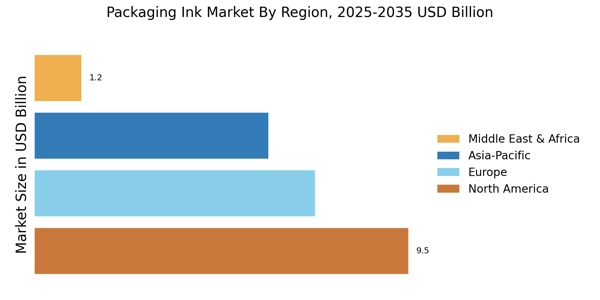
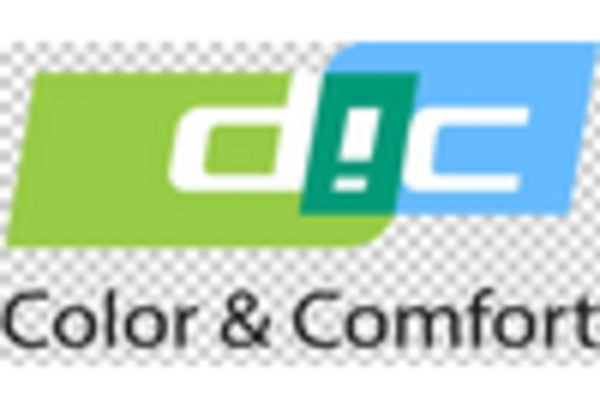
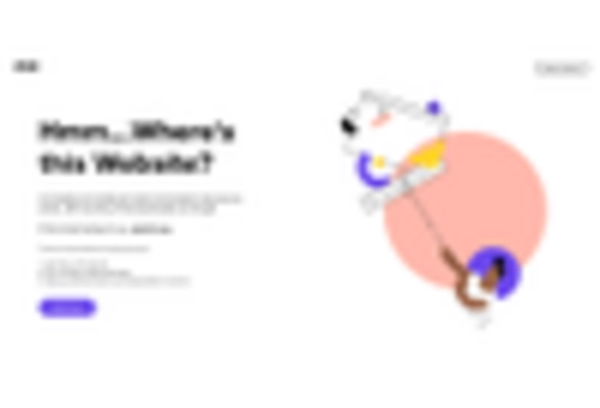
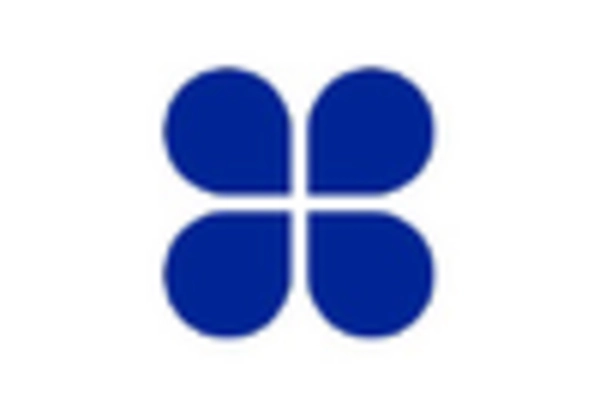
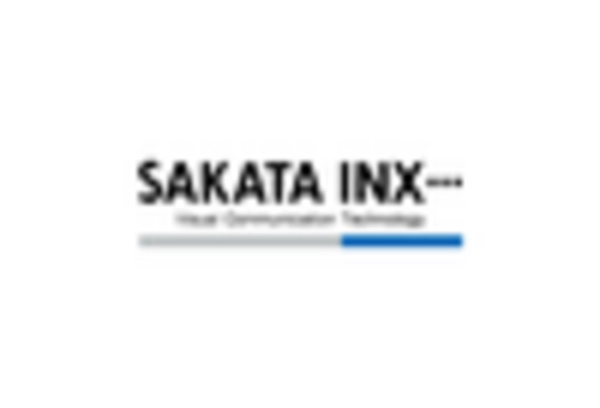
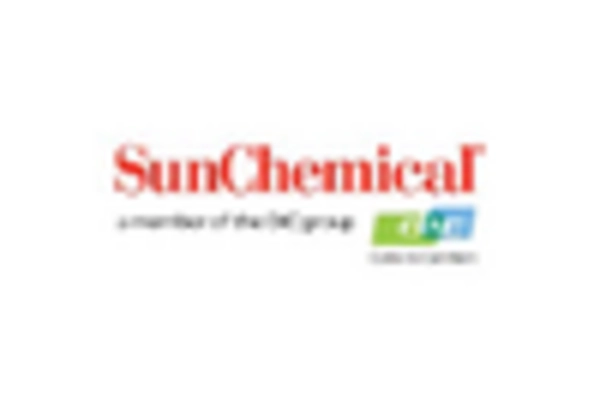









Leave a Comment